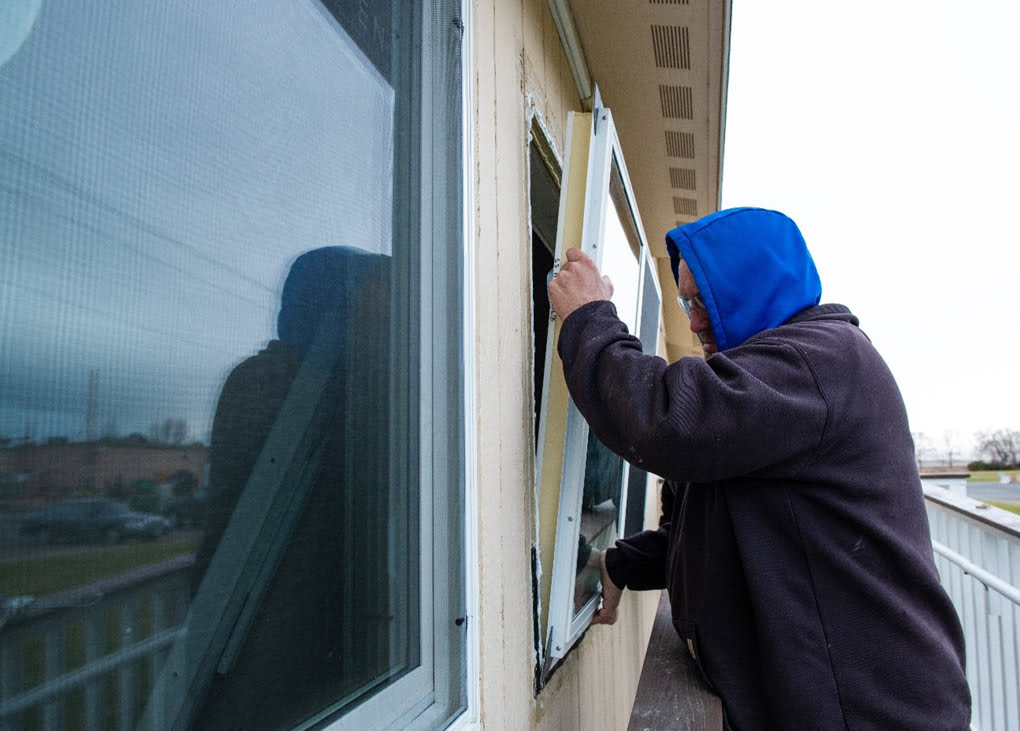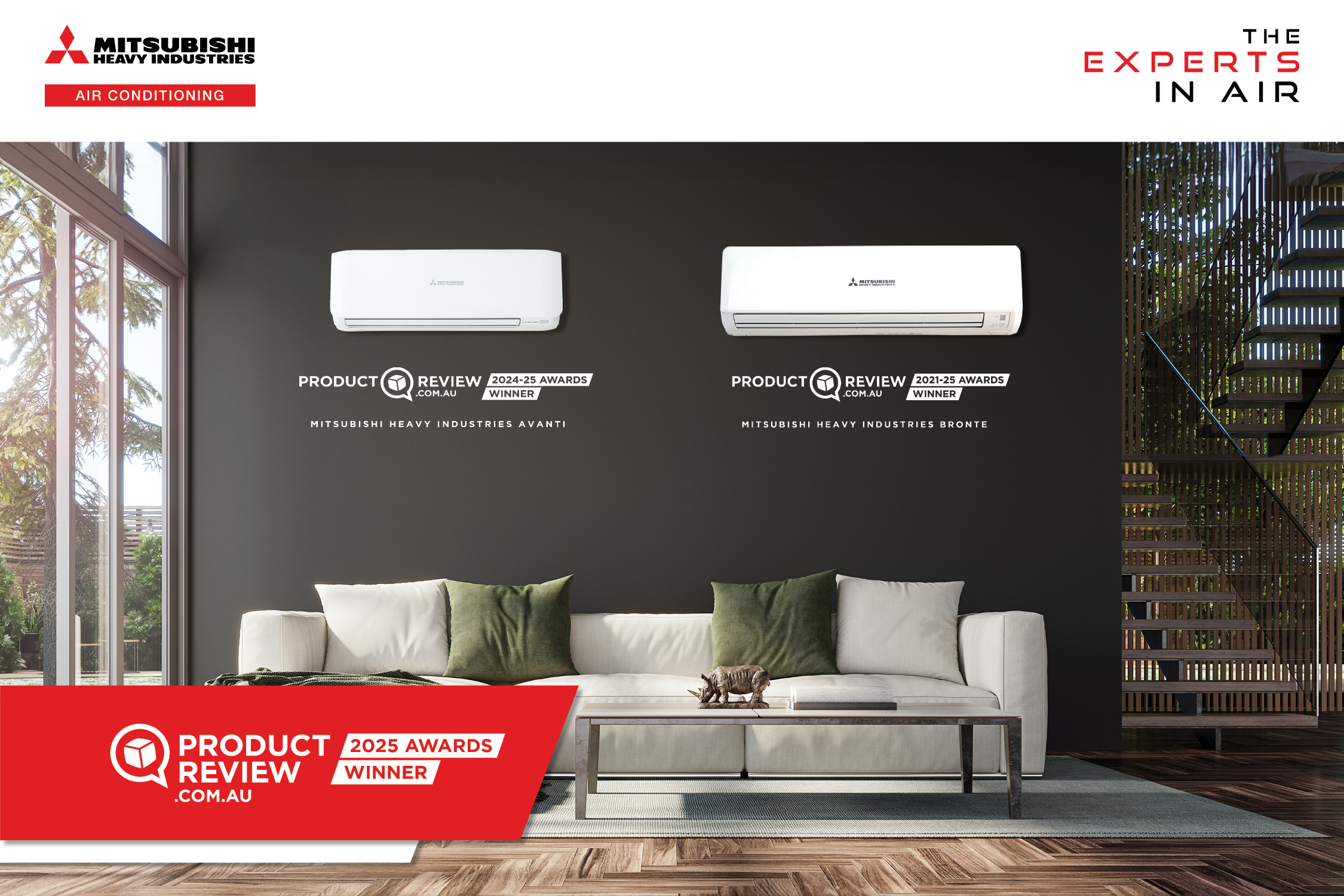A new study has revealed the average cost to upgrade new homes in Australian cities to achieve 7-star energy efficiency ratings is $4,311. This ranges from averages of $2,972 in Brisbane to $5,905 in Melbourne.
The comprehensive estimates, which are based on 2024 building product prices and the least favourable house orientation scenarios, are significantly lower than less-detailed industry projections previously circulated.
They form part of a new report, 7.0 Star Cost Upgrade Analysis, compiled by Graham Energy, a specialist sustainable building consultancy. The report examined more than 50,000 NatHERS simulations to provide a better understanding of energy upgrade requirements for both the building industry and homeowners.
Typical Aussie homes
The 2022 National Construction Code (NCC) requires that all new Australian houses and apartments meet a minimum energy efficiency rating of seven stars under the Nationwide House Energy Rating Scheme (NatHERS).
The two most common building types in new home estates across major Australian cities formed the basis of the study’s analysis: detached three-bedroom, single-storey dwellings and four-bedroom, double-storey homes.
A vast range of building scenarios and cost-influencing factors were examined across these building types, including:
- Nine different climates
- 16 different orientations
- 433 window options
- High and low window-to-floor aspect ratios (WFAR) ranging from 28 per cent down to 20 per cent (noting a national average of 23 per cent)
- Shading and overshadowing.
The study considered simulations with a low (20 per cent) window-to-floor aspect ratio (WFAR) indicative of the lowest glazing area currently seen in market volume builds, and a high (28 per cent for single-storey and 27 per cent for double-storey) WFAR, which is representative of more architectural house designs, in 16 orientations across 9 climate zones with 433 window options in each.
Towards a 7-star future
Clinton Skeoch, Executive Director & CEO of the Australian Glass and Window Association (AGWA), says the report is the most comprehensive NatHERS modelling study ever undertaken, with the costing report looking into actual 2024 costs of 7-star energy compliance.
“This report clearly demonstrates that achieving 7-star energy compliance for new homes isn’t as costly or complicated as projected in previous public discussion,” Skeoch says.
“While improvements to glazing are necessary, higher-performing windows significantly reduce a home’s energy consumption and running costs, while also enhancing the comfort and health of residents.
“With the right planning and advice, new homeowners can incorporate design features and material choices that make a big difference to their home’s rating outcome, without breaking the bank.”
According to the government’s energy rating website, up to 40 per of the heat loss and up to 87 per cent of the heat gain in Australian housing is associated with windows.



Leave a Reply to Kevin Cancel reply